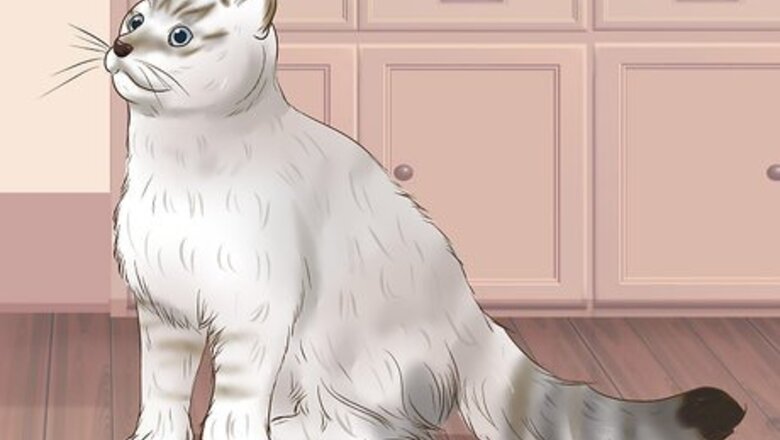
views
X
Research source
Noticing an American Curl Cat’s Build and Coat
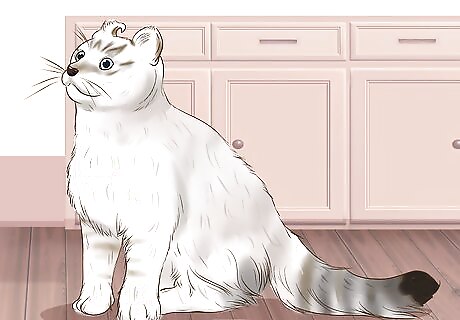
Observe its medium size. An American curl cat is a medium-size cat. A male cat typically weighs between 8 to 12 lbs (3.6 to 5.4 kg), while a female may weigh 8 lbs (3.6 kg) or less. This breed has a life expectancy of 9 to 13 years.
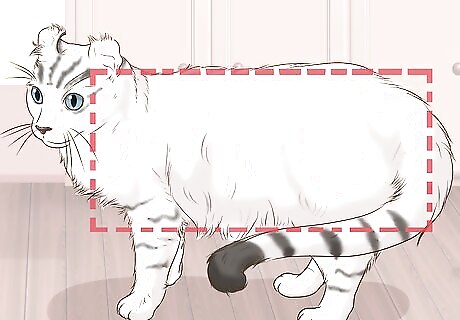
Look for a rectangular build. An American curl cat has a lean, rectangular body and a muscular build. This breed has a long body for its size, but its medium-sized bones give it a sturdy figure.
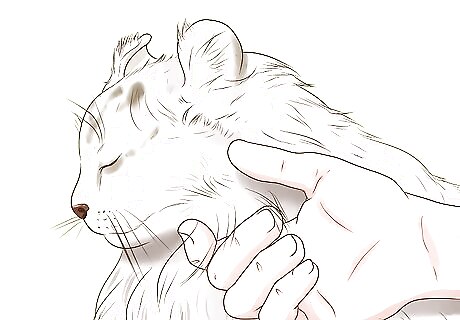
Feel its silky coat. This breed comes in both medium and short-haired varieties and has a smooth, silky coat that lies flat. This breed does not have an undercoat, which means it sheds very little. This breed requires very little grooming and needs only to be combed once a week. Notice this breed’s long tail. Breeds with longer hair will have a plumed, fluffy tail.
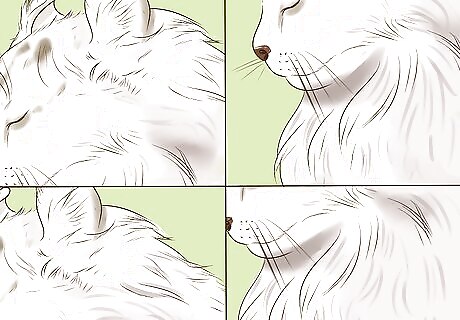
Notice the variety of coat colors and patterns. Because this breed has a diverse genetic background, you will notice that they can come in a multitude of colors and patterns. The American Cat Fancier’s Association recognizes all of their coat varieties. Some of this breed's many coat colors include white, blue, black, lilac, golden, red, brown, and tortoiseshell. American curl cats can also have a myriad of coat patterns. Some of these include solid, bicolor, calico, tabby, shaded, ticking, smoke, and points.
Observing an American Curl Cat’s Features
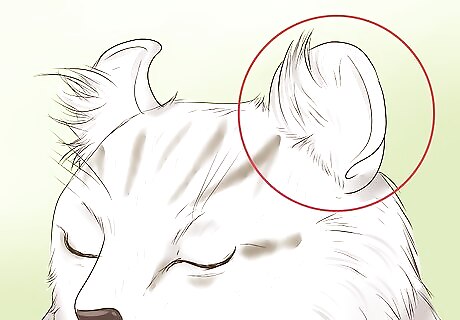
Notice its unique ears. The hallmark feature of the American curl cat is its curled ears. This breed has arched, curved ears that are made of firm cartilage. The arch can range from 90° to 180°. The ears have been compared to the ears of a lynx, which is a medium-size wild cat with pointed ears. These unique ears give the cat a happy, playful expression. Kittens are born with straight ears, but they begin to arch after three to five days.
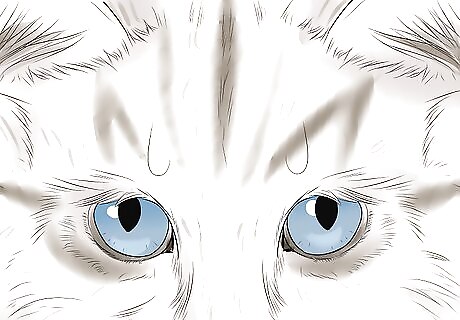
Look for walnut-shaped eyes. Another identifier of this breed is the shape of its eyes. Its large eyes are walnut or wedge-shaped, which gives them a bright, friendly, and curious expression.
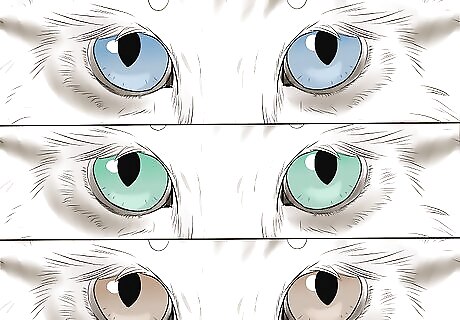
Observe its eye color. This breed also has a wide variety of eye colors due to its large genetic background. Some of the colors include amber, blue, copper, green, gold, hazel, orange, or yellow.
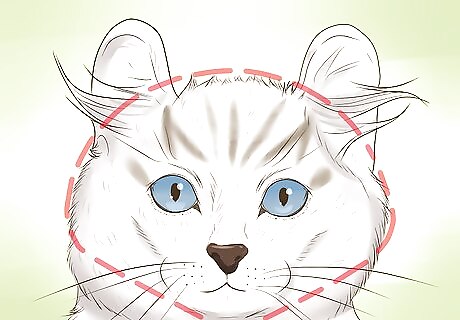
Pay attention to its rounded or wedge-shaped head. This breed has a rounded or wedge-shaped head, a well-formed muzzle, and a strong chin. In terms of proportion, its head is longer than it is wide and is well-portioned to its body size.
Assessing an American Curl Cat’s Temperament
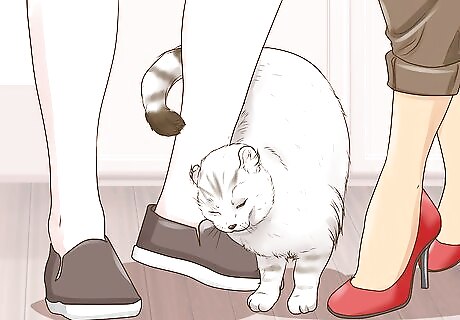
Notice its people-oriented personality. American curl cats are affectionate and attentive to their owners and others around them. They have been described as dog-like in personality, and they like interacting with children. An American curl cat is curious and will likely want to follow you throughout the house. This cat is likely to greet you affectionately at the door when you come home.
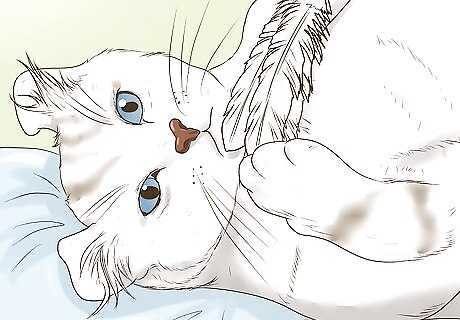
Pay attention to its playfulness. These cats retain their kitten-like personalities as they grow older. They have been referred to as the “Peter Pan” of cats for their sustained playfulness and energy throughout their life. Both males and females are equally active and spirited.
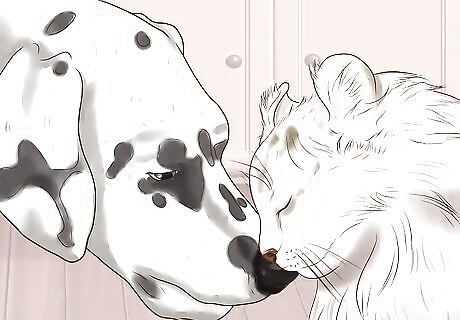
Watch its friendly interactions with other animals. The American curl cat is adaptable and will usually get along well with other cats, dogs, and other pets in your home. When brought into a new home, this breed will respect the other animals and their territories, giving them time to adjust to its presence.
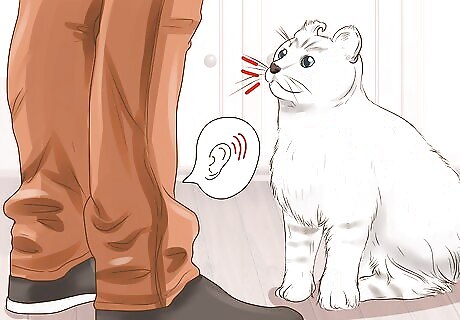
Listen for cooing sounds. The American curl cat is not a very vocal cat. Instead, this cat will let you know when it needs something by making a quivering, trill-like cooing sound.











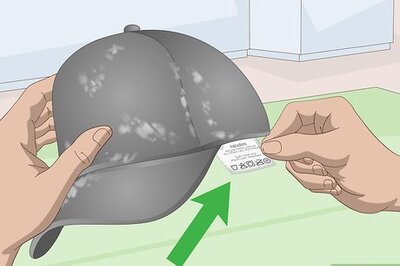




Comments
0 comment